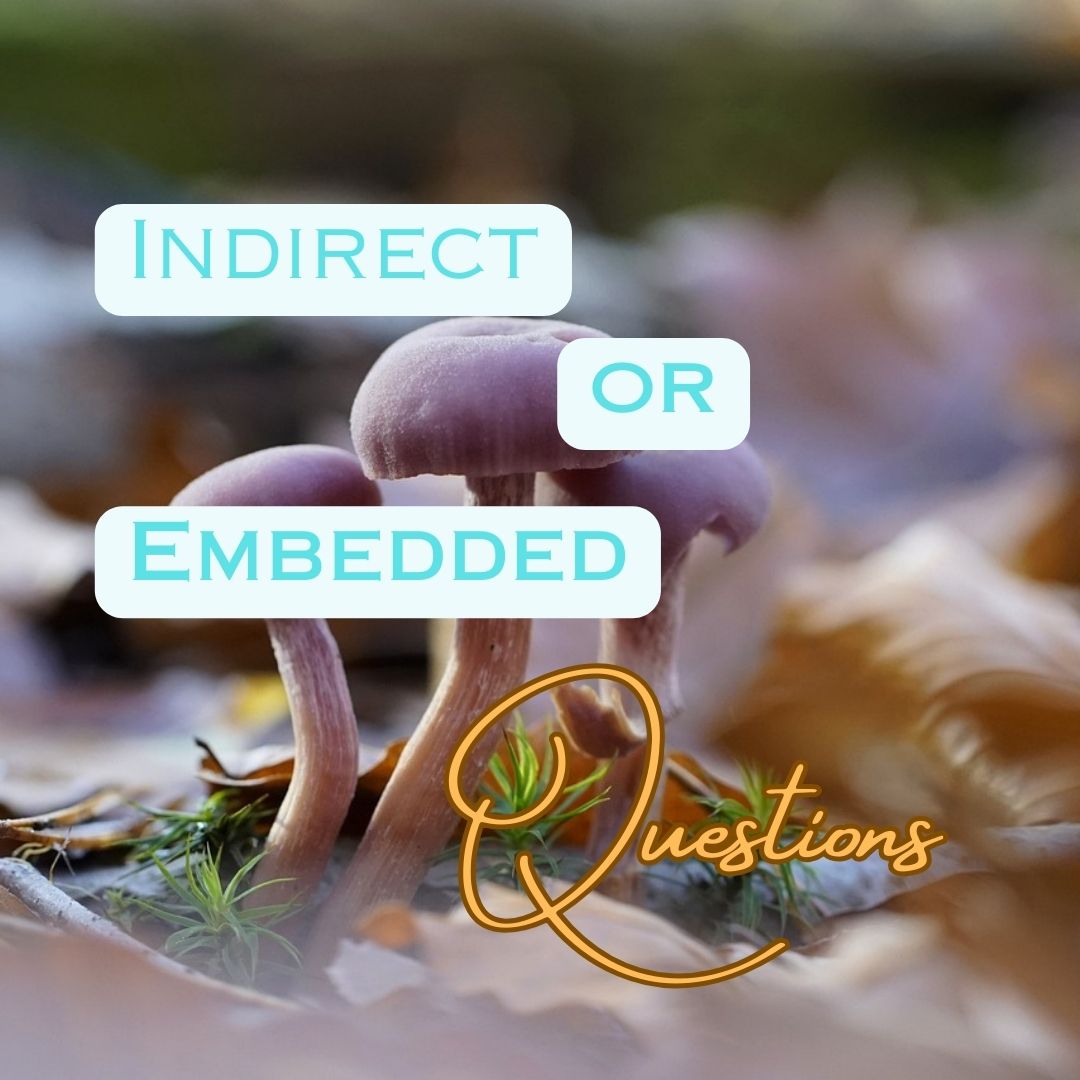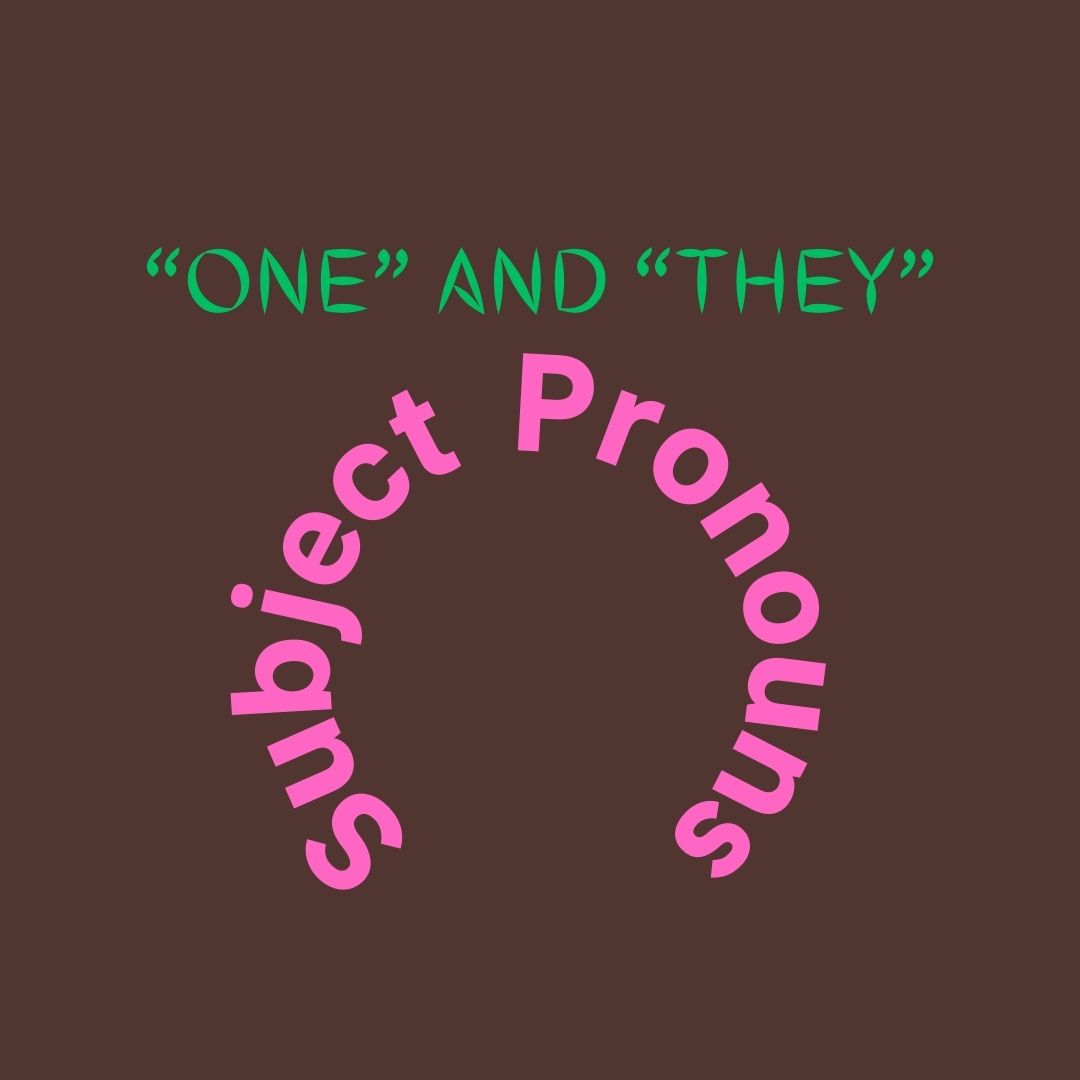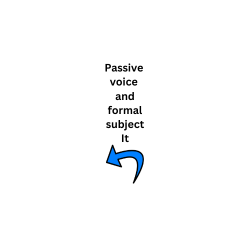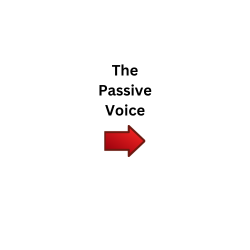Tag: formal

Indirect / Embedded Questions
Indirect or embedded questions are another type of interrogative construction. Unlike direct questions that are explicitly stated, indirect questions are embedded within a sentence or statement. These questions are often more polite or formal than direct questions. Here's how to create and structure indirect questions with examples:

Subject Pronoun/ “One” and “They” as subject meaning
Indefinite subjects like one and they are used to refer to unspecified or generic people or things.

Preposition – “Among (Amongst)”
Preposition “Among” with the meaning – situated more in less in relation to several other things: The preposition among, when used to indicate something is situated more or less in relation to several other things, implies that the subject is part of a group or surrounded by other elements. Here are some examples: The red rose stood out among the white ones in the garden. (In this sentence, the red rose is situated within a group of white roses.)

The Passive voice with a formal subject It
It is said, it was said, it is reported, it was reported- these phrases are examples of the passive voice with a formal subject. They are often used to attribute information to a general source or to distance the statement from a specific speaker.

The Indicative Mood-the Passive Voice
In the passive voice, the subject of the sentence receives the action of the verb, rather than performing the action itself. The passive voice is formed using a form of the verb to be followed by the past participle of the main verb.